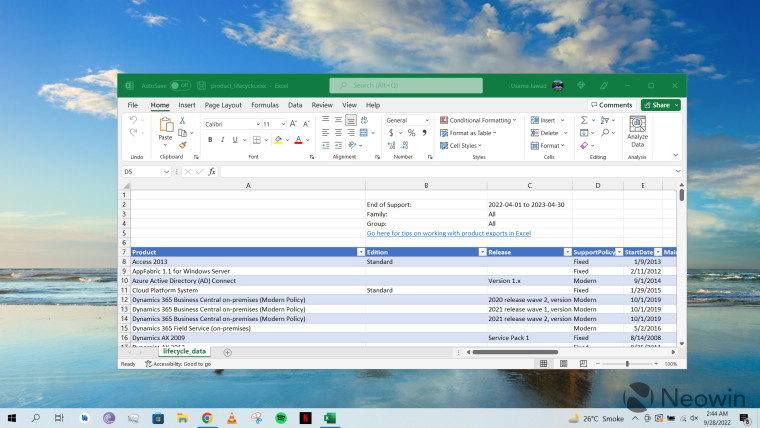Why organizations are tempted to pay ransoms
- Ransomware is often seen as a costly annoyance rather than a major disaster.
- Paying the ransom can be cheaper than recovering or rebuilding systems.
- Research shows that a significant number of Australian organizations opt to pay the ransom after a ransomware attack.
- Globally, ransomware payments have reached over $1 billion, with a growing trend of demanding large ransoms from big organizations.
- However, paying the ransom should not be the automatic choice, and organizations need to plan for alternative ways to deal with the threat.
Why Australia will likely legislate to outlaw ransomware payments
- The Australian government advises against paying ransoms due to the risks involved.
- Making a ransomware payment does not guarantee data recovery and can make Australia a more attractive target for cybercriminals.
- Paying ransomware may breach Australian sanctions laws and lead to criminal penalties.
- Although there were discussions about outlawing ransomware payments, the government has opted for mandatory reporting requirements instead.
- The decision aims to enhance the understanding of ransomware attacks and improve national resilience against cybercrime.
How Australians should handle ransomware attacks
- Despite the prevalence of ransomware attacks in Australia, many organizations are ill-prepared and feel pressured to pay ransoms.
- Organizations should prioritize preparing their IT and security teams by keeping systems updated and developing a backup strategy.
- Implementing an air-gapped backup strategy can reduce the risk of backups being compromised in a ransomware attack.
- After addressing the initial attack, organizations should seek third-party assistance to conduct a comprehensive audit of their systems and identify vulnerabilities.
- The traditional approach to handling ransomware attacks may not be sustainable in the long run, and organizations need to act urgently to enhance their cybersecurity measures.

roosho
Senior Engineer (Technical Services)
I am Rakib Raihan RooSho, Jack of all IT Trades. You got it right. Good for nothing. I try a lot of things and fail more than that. That's how I learn. Whenever I succeed, I note that in my cookbook. Eventually, that became my blog.





No Comment! Be the first one.